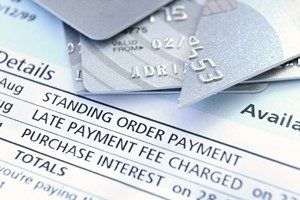
If you’ve ever approached a lender for a home loan or any other borrowing purpose, you’re likely to have come across your credit report – and it might have been an eye-opening experience. A lot of Australians aren’t actually aware that they can secure a copy of this document or have even thought about taking a peek at their records.
However, this can be actually be very beneficial, particularly if you’ve been declined for conventional home finance in the past. With a bit of elbow grease and forward-planning, you can start to tidy up your fiscal background.
What’s included in the report?
Basically, a credit file is a summation of your financial information. All this data is collected by credit providers and other credit reporting organisations, such as Veda. Think of it like a resume for a lender: It lets them see all the types of credit that you’ve taken out, as well as any missed payments, defaults or enquires that you’ve made into new lines of credit. They can then use this to test your suitability for bad credit mortgages or other types of loans, which can be detrimental if you’re unaware of the extent of your credit-related activities.
How can it help?
Your credit file can help you figure out where you can improve financially. Once you’ve obtained a copy of the report, check for outstanding payments or bills that you might’ve overlooked previously. You can still apply for bad credit home loans if you have a number of black marks on your file, but the longer these blemishes are listed on your credit history, the worse it is for your chances of getting a home loan in the future. Make sure to pay these as promptly as possible.
You should also check this document regularly for incorrect entries. If you do find an error, make sure to have it amended quickly – it could make the difference between having your loan application approved and being declined.